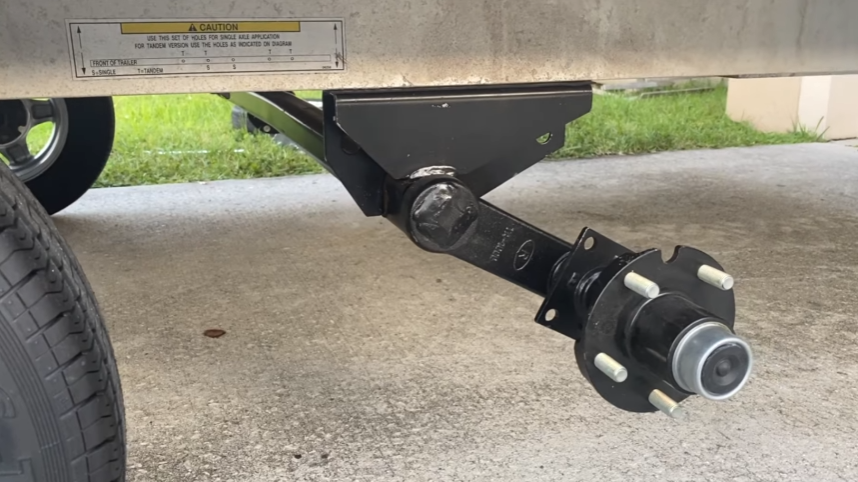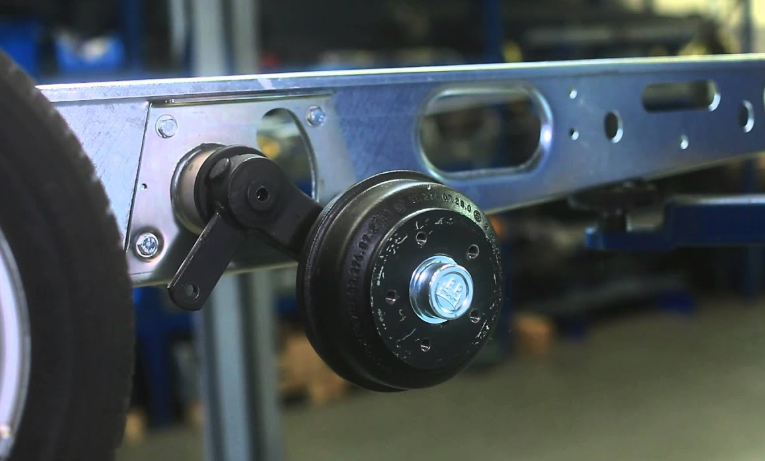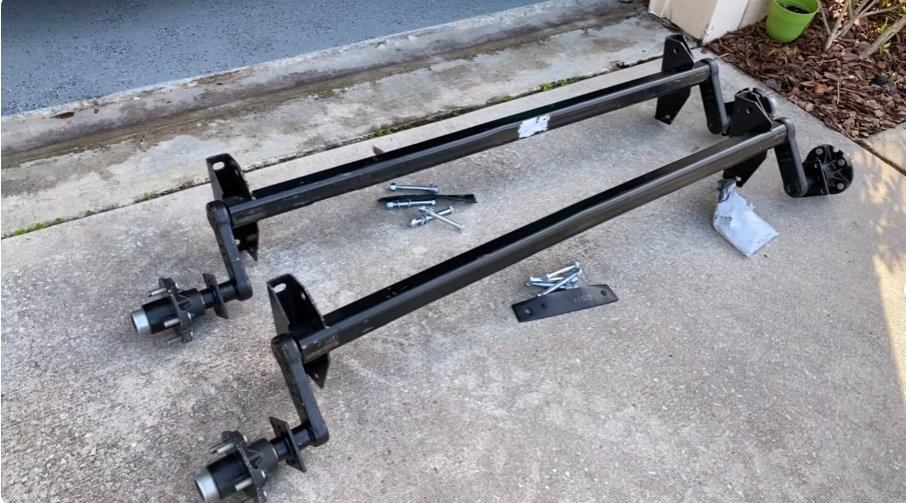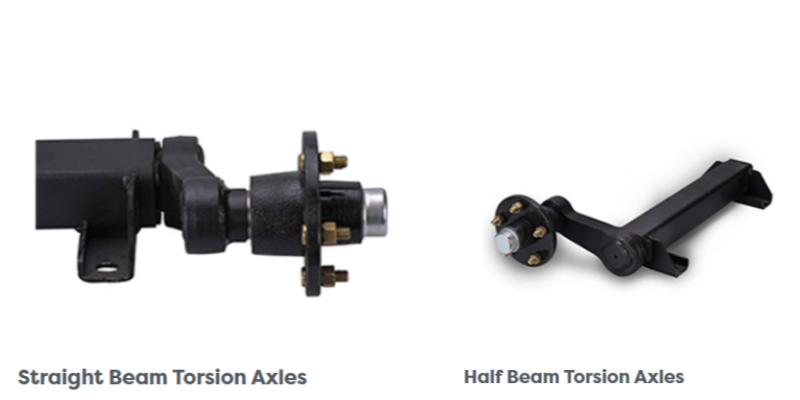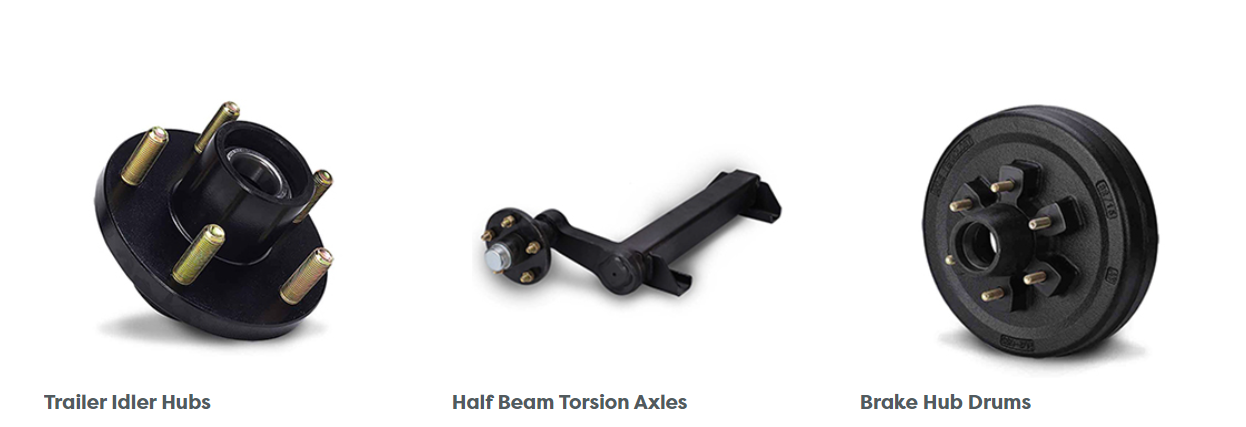Our Recommendations
When it comes to choosing between Leaf Spring Axles and Torsion Axles for your trailer, understanding their distinctive features is crucial.
-
Leaf Spring Axles: Leaf Spring Axles excel in providing clean and uniform stress distribution. They are an excellent choice for heavy loads and applications where durability is paramount. These axles, with their traditional yet robust design, handle weight efficiently, making them ideal for rugged conditions.
-
Torsion Axles: Torsion Axles are best suited for lightweight trailers. Their streamlined design and independent suspension offer a smooth ride for smaller loads, making them perfect for utility trailers and recreational vehicles.
-
For twin or triple axle trailers, a smoother ride can be achieved with Trailer Air Suspension. This system, often used in combination with leaf spring axles, significantly enhances ride comfort, even with heavier loads.
-
Not in Tandem : Torsion Axles are not recommended for use in tandem configurations. When multiple axles are needed, leaf spring axles are generally a better choice due to their higher weight-carrying capacity and durability.
In conclusion, the choice between Leaf Spring Axles and Torsion Axles is not one-size-fits-all. Consider the nature of your load, trailer weight, and ride quality requirements when making your decision. Additionally, for multiple axle setups, avoid using Torsion Axles, opting instead for the tried-and-true Leaf Spring Axles for their reliability and higher weight capacity.

